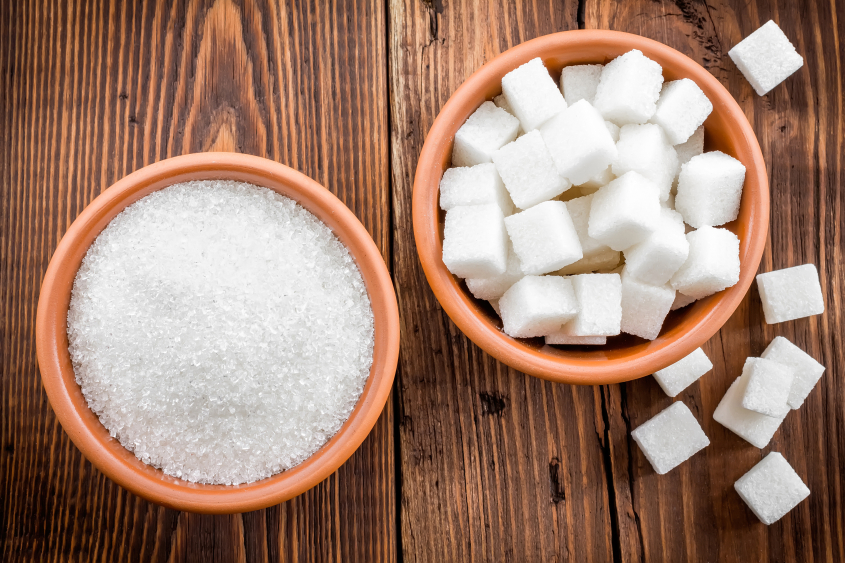
The Paper of the Month for April is from Public Health Nutrition and is entitled A definition of free sugars for the UK
Authors: Gillian Swan; Natasha Powell; Bethany Knowles, Mark Bush, Louis Levy
As a nation, we are eating too much sugar. Consuming too many foods and drinks high in sugar can lead to weight gain and related health problems such as heart disease, type 2 diabetes and some cancers. In England, a third of children and two thirds of adults are obese or overweight and treating obesity and its consequences alone currently costs the NHS over £6 billion each year.
Government dietary advice on sugar changed significantly in 2015. In its report on Carbohydrates and Health, the Scientific Advisory Committee on Nutrition (SACN) recommended that sugar intakes should be assessed using a definition of free sugars, replacing non-milk extrinsic sugars (NMES) on which recommendations had been based for the previous 25 years. SACN also recommended that free sugars should not exceed 5% of total dietary energy intake for adults and children from the age of 2 years, halving the previous recommendation for NMES.
SACN defined free sugars as all monosaccharides and disaccharides added to foods by the manufacturer, cook or consumer, plus sugars naturally present in honey, syrups and unsweetened fruit juices. The sugars naturally present in milk and milk products (lactose) and the sugars in the cellular structure of foods were excluded.
Public Health England (PHE) uses the National Diet and Nutrition Survey (NDNS) to estimate population nutrient intakes from food consumption data. PHE set out to provide a more detailed definition of free sugars, so values could be estimated for composite foods based on their ingredients, allowing free sugar intakes to be assessed in NDNS.
One challenge PHE faced was how best to define sugars naturally present in different types of processed fruit and vegetables, where the structure was broken down to varying degrees. SACN advised that where the cellular structure of the fruit (or vegetable) had been broken down (such as in blended, pulped, pureed, extruded or powdered products) the sugars should be treated as free sugars. However the sugars in dried, canned, stewed and pressed fruit and vegetables should be excluded, as the sugar is still within the cellular structure. This is the main change from the definition of NMES, where an arbitrary 50% of the sugars in dried, canned, and stewed fruit was deemed extrinsic, recognising that the cell structure was partly broken down.
The definition of free sugars is: all added sugars in any form; all sugars naturally present in fruit and vegetable juices, purees and pastes and similar products in which the structure has been broken down; all sugars in drinks (except for dairy-based milks); and lactose and galactose added as ingredients. This definition was used to calculate intakes in the latest NDNS report.
PHE’s definition of free sugars is important as it enables us to track progress towards government recommendations on sugar - this will also inform our wider work around obesity. PHE’s work includes public campaigns, such as Change4Life and One You, as well as its world leading sugar reduction programme, which has challenged the food and drink industry to reduce sugar in popular children’s products by 20% by 2020.
